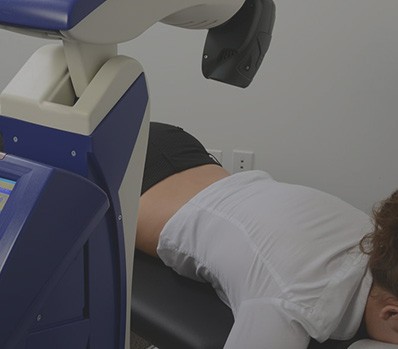It wasn’t long ago that serious knee and shoulder injuries required major surgery. Today, advanced arthroscopic technology in the hands of a skilled surgeon has changed the patient experience from one involving a hospital stay and prolonged recovery to an outpatient procedure that requires just one or more small incisions.
The arthroscope is a slender tube tipped with a tiny camera. When inserted under the skin, it allows a surgeon to see exactly what has happened to the interior structures of the knee, shoulder or other area of the body. As such, it is a highly effective diagnostic and assistive surgical tool. It provides real-time video that a surgeon uses to guide other small instruments inserted via small incisions, such as miniature scissors. This makes arthroscopy an efficient way for a surgeon to repair or remove damaged cartilage, ligaments, tendons, bones and muscles.
Although arthroscopy has been in use since the 70s, major improvements continue to be made to the technology each year, increasing the efficiency, comfort and convenience of arthroscopic procedures. For most arthroscopic operations, you will be home within hours of the surgery.
When performed by experienced orthopaedic surgeon Dr. Paul A. Nitz, arthroscopy is especially effective for:
- Removal of damaged cartilage
- Repair or removal of the labrum
- Shoulder dislocation repair
- Repair of damaged ligaments
- Repair of the rotator cuff tendons
- Treatment of shoulder impingement syndrome
- Repair of cartilage tears in the knee or shoulder
- Repair of worn cartilage
- Repair of anterior cruciate ligament tears in the knee
- Removal of loose bone or cartilage from a joint
- Slowing the progression of osteoarthritis
- Removal of the inflamed lining of joints
Recovery
After your arthroscopic procedure, you will spend some time in a recovery room and then be sent home with bandages on the small incisions with an ice wrap. Your joint will require some time for healing and rehabilitation.
With most knee and shoulder surgeries, home exercises and a program of physical therapy will be important to a successful recovery. Early exercise can help preserve your range of motion, preventing a joint from becoming stiff as it heals. Your surgeon will tell you when it is appropriate to begin mild exercise, and when to start physical therapy.
If you would like to know more about arthroscopic procedures to treat knee and shoulder injuries, schedule a personal consultation with skilled orthopaedic surgeon Dr. Paul A. Nitz by calling or emailing his Dayton, OH office today.

